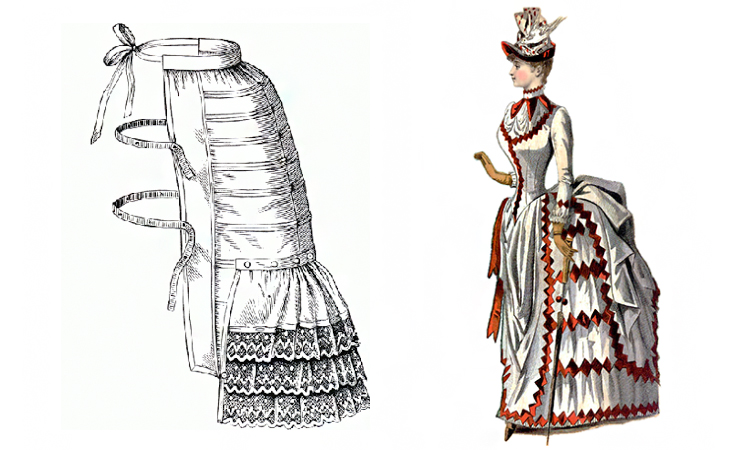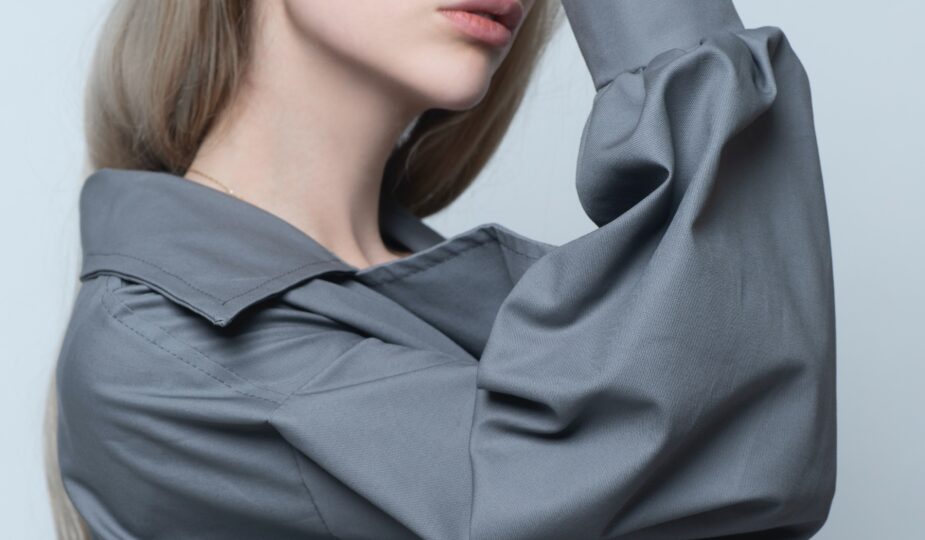
 skirts from the past could require up to tens or even hundreds of meters of fabric. In order to connect so many fabrics, it was necessary to add a rigid framework to them. This is why different devices for skirts were invented in those days. Fashion is always a part of technology, and the frames have changed from one era to another. It is important to know the different types of skirt frames because fashion is cyclical and designers return to past styles of clothing. What is the difference between a pannier, a farthingale and ruffles?
skirts from the past could require up to tens or even hundreds of meters of fabric. In order to connect so many fabrics, it was necessary to add a rigid framework to them. This is why different devices for skirts were invented in those days. Fashion is always a part of technology, and the frames have changed from one era to another. It is important to know the different types of skirt frames because fashion is cyclical and designers return to past styles of clothing. What is the difference between a pannier, a farthingale and ruffles?
The first frame skirt was a pannier. The pannier was made up of a frame of metal or wood hoops that were fastened with ribbons. Over panniers, petticoats would be worn. Fashionistas had to learn to walk in a way to allow the skirt to open and sway, exposing the lower edge or ankle from time to moment to the gaze of curious gentlemen.
The skirts grew in size due to side inserts. However, they were also flattened on the front and back. A farthingale with a frame made from whalebone became popular. Its folding ability was very helpful, as not all doors were large enough for ladies to pass in fluffy dresses. The farthingales had hinges and the women could squeeze them when needed.
In the middle of 19th century, a Crinoline was invented. The creators of previous skirt models have not been known to us, but in the case the crinoline the designer has survived until today. His name is Charles Frederick Worth. The crinoline was made up of metal hoops that were held together with ribbons to resemble a cage. Worth later improved the crinoline so that it would be flatter in front and bulkier in back. This made the skirt enormous in size. The designer created hinges to make it easier for the wearer.
Charles Worth, the royal couturier who invented the bustle replaced it. The bustle consisted of small metal frames or cushions in the shape of mesh attached to the corset at the lumbar area, creating an S-shaped silhouette that was fashionable in the late nineteenth century.








